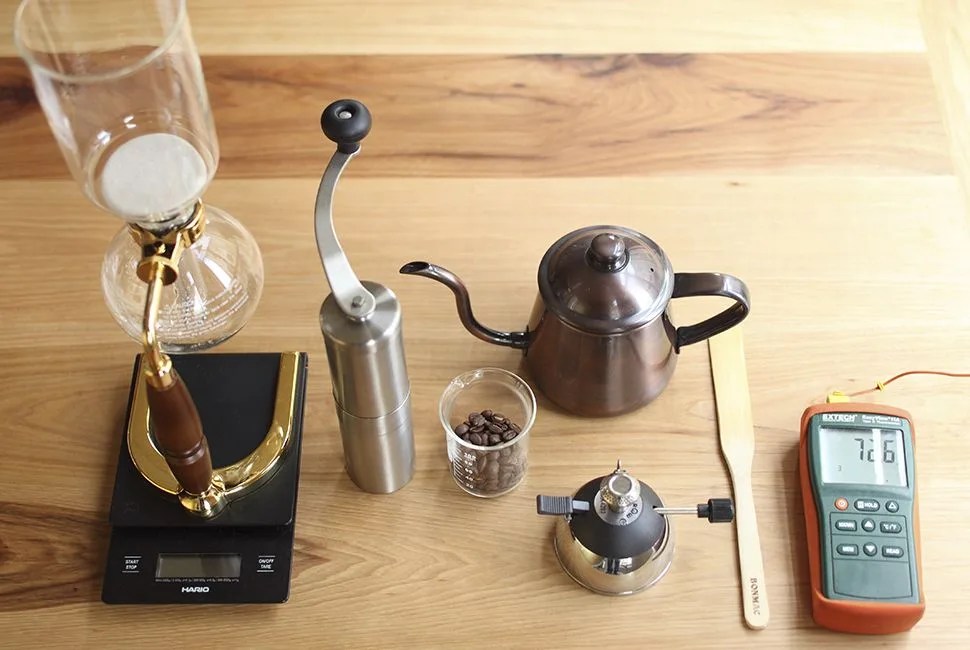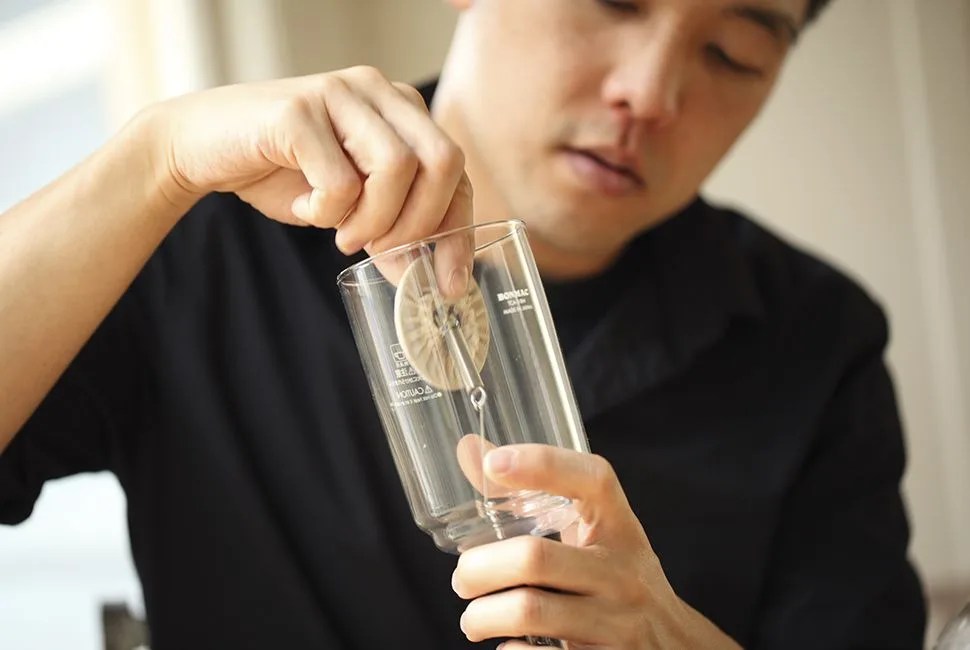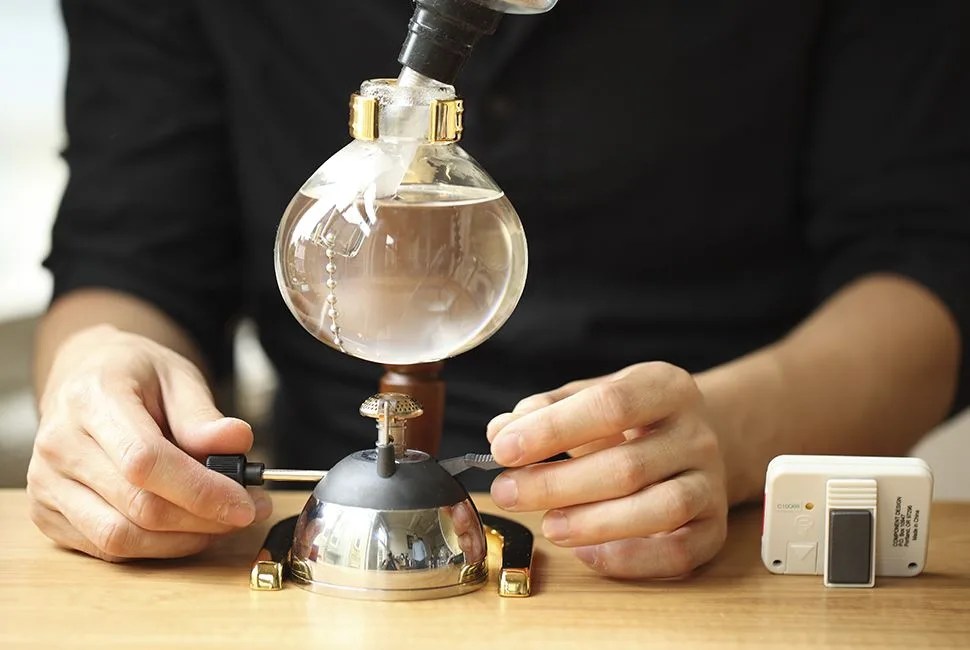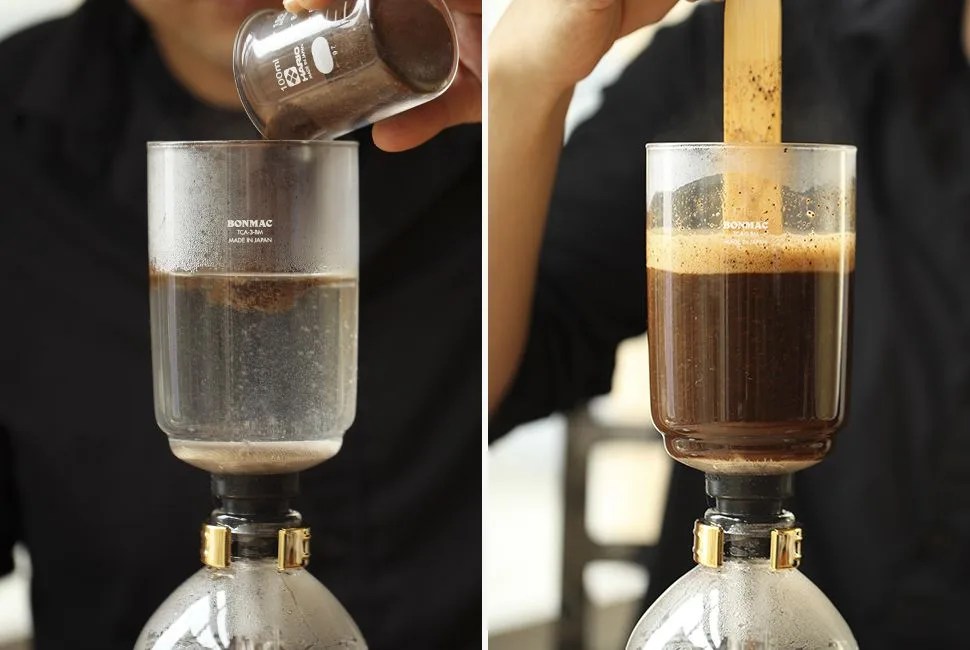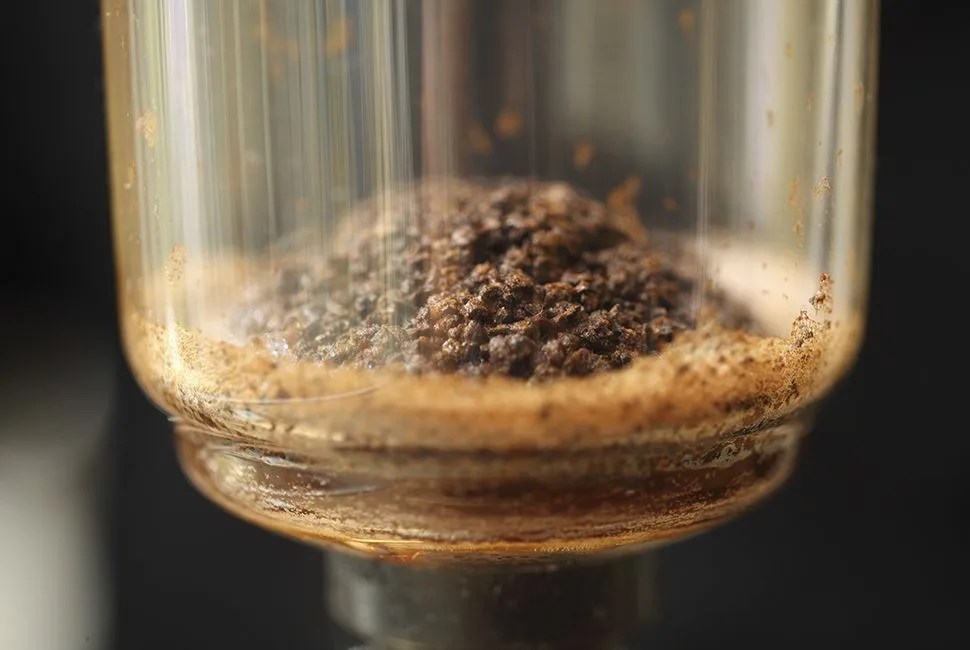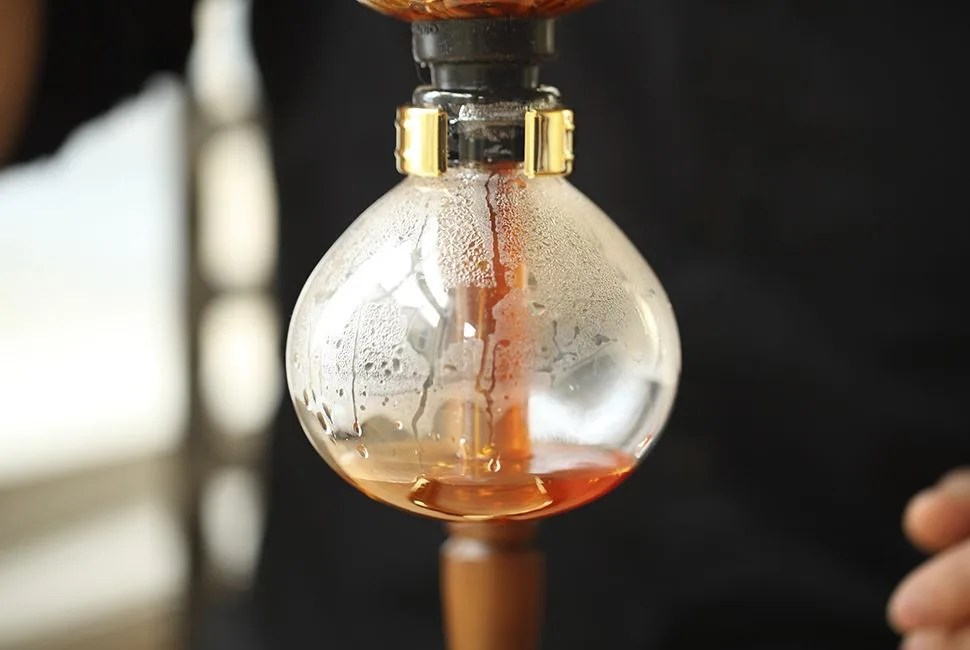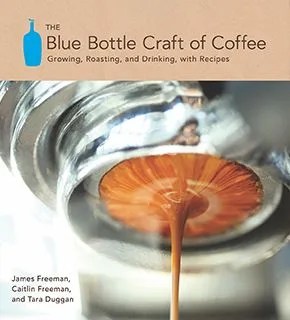In 2008, just six years after the coinage of the term “third-wave coffee,” James Freeman, owner of the Blue Bottle Cafe in San Francisco, made headlines when he imported a specialty coffee brewing machine from Japan for the total cost of $20,000. The elaborate machine was a “siphon bar,” designed to make siphon coffee — also called vacpot, vacuum brewed and siphon vacuum coffee — a century-and-a-half-old brewing method that fell out of favor in America and was supplanted by the electrical drip brewer and the Chemex Coffeemaker. Relegated to only a few niche coffee geeks, the siphon coffee maker has enjoyed a resurgence in the last decade, both for the clean coffee it produces and for the beauty of watching it brew.
A basic siphon coffee maker, which you can pick up for around $70, consists of two connected glass vessels. The bottom vessel contains water, the top vessel coffee grounds. Heating the bottom vessel causes vapor pressure to draw the water into the top vessel, where it brews the coffee. Once the coffee is brewed, the heat sourced is removed and vacuum pressure draws the coffee, through a filter, into the bottom vessel. The movement of the coffee and the quality of the resulting cup has made this a favorite brewing method among java heads. Below is an excerpt from the book The Blue Bottle Craft of Coffee, written by James Freeman, Caitlin Freeman and Tara Duggan, on how best to brew siphon coffee. – J. Travis Smith
From ‘The Blue Bottle Craft of Coffee’
By James Freeman, Caitlin Freeman and Tara Duggan
There are many different makes of siphons; the recipe below is based on using the Hario TCA 2 or TCA 3. While the general principles can be adapted to other makes of siphons, our experience is greater with the Hario, and your results with non-Hario siphons may vary. For that matter, results on Hario siphons are not guaranteed to be consistent given the subtle nature of siphon coffee preparation.

